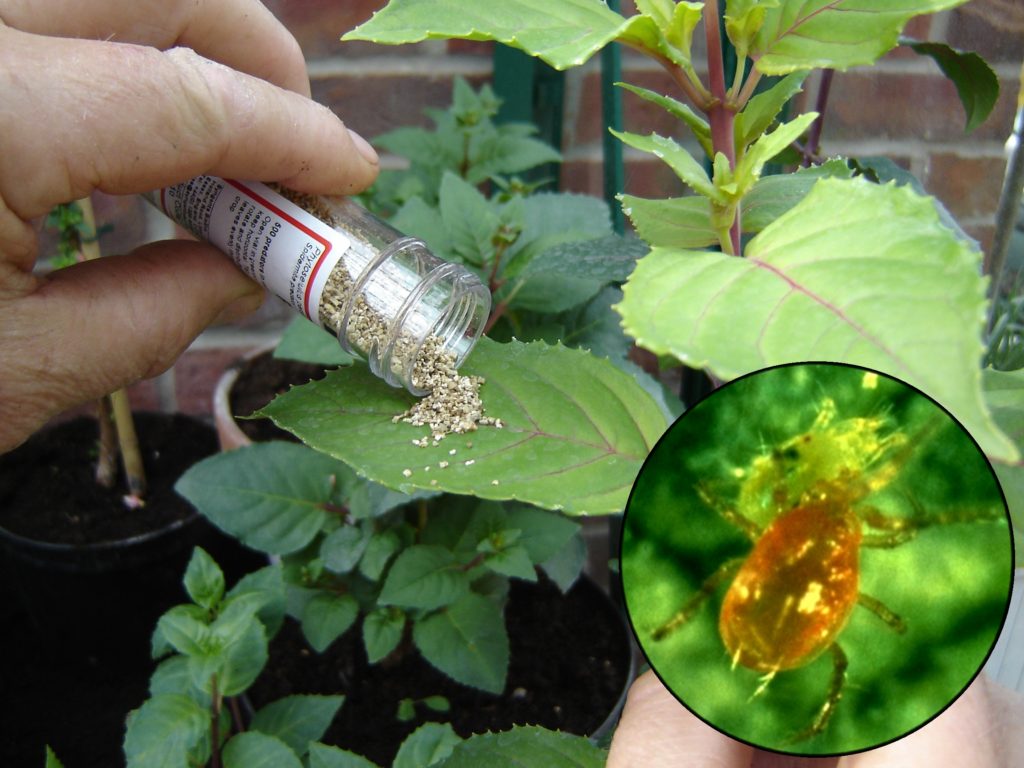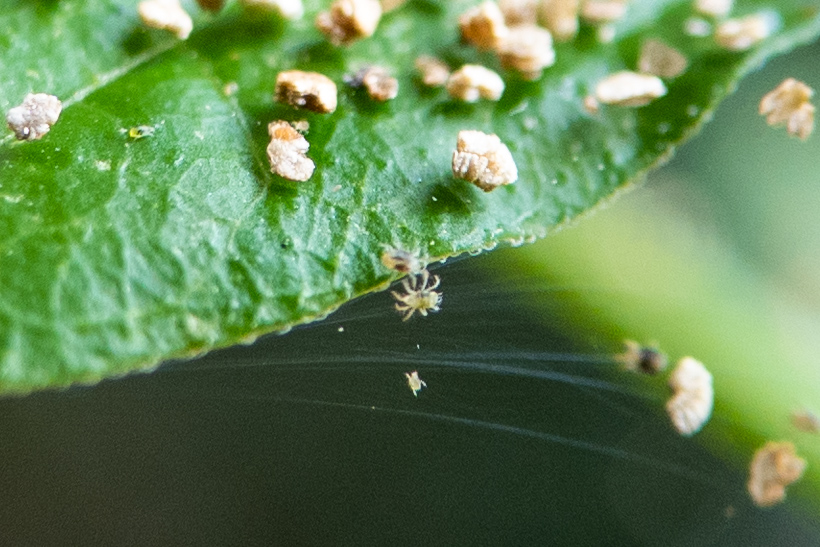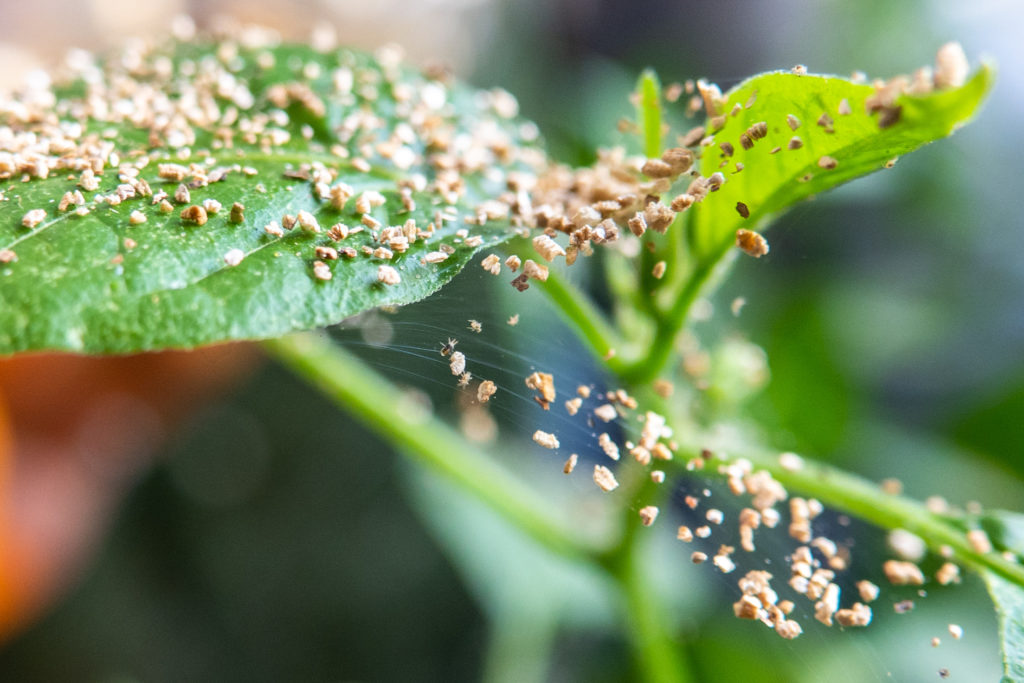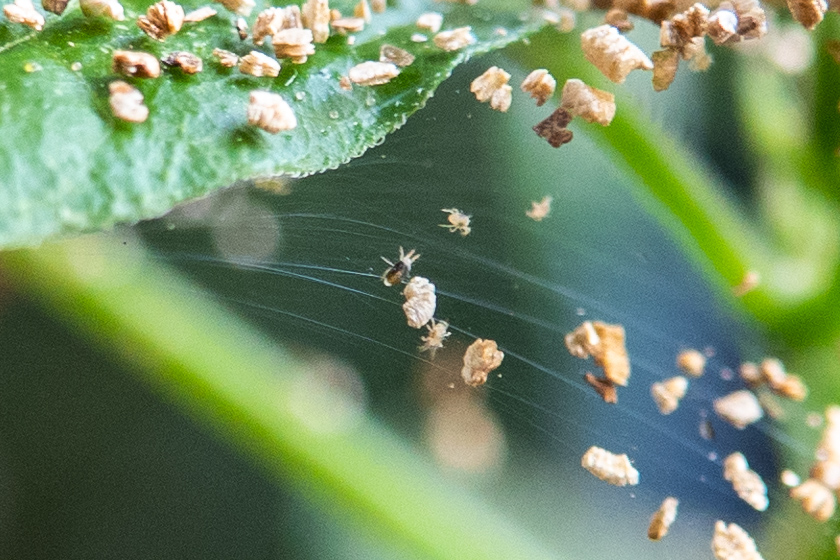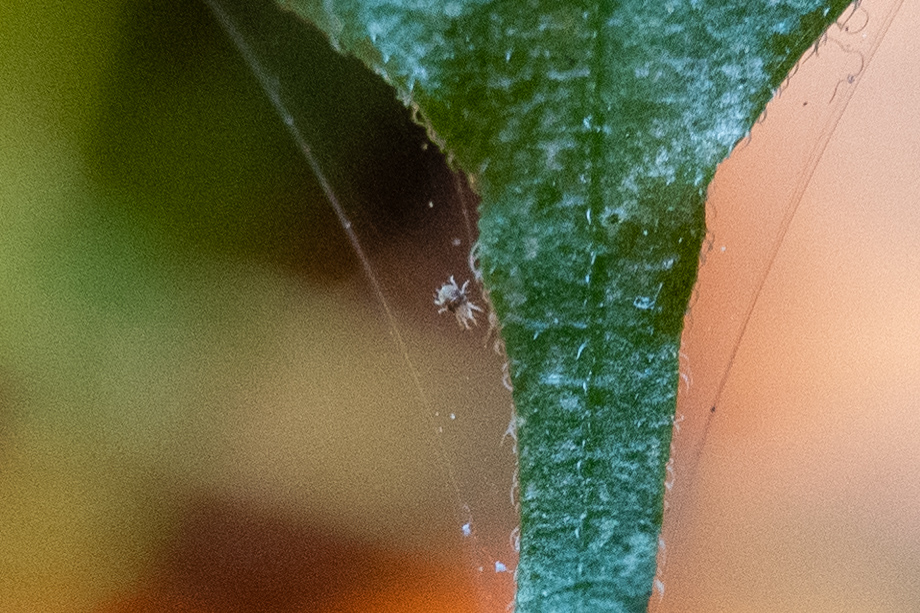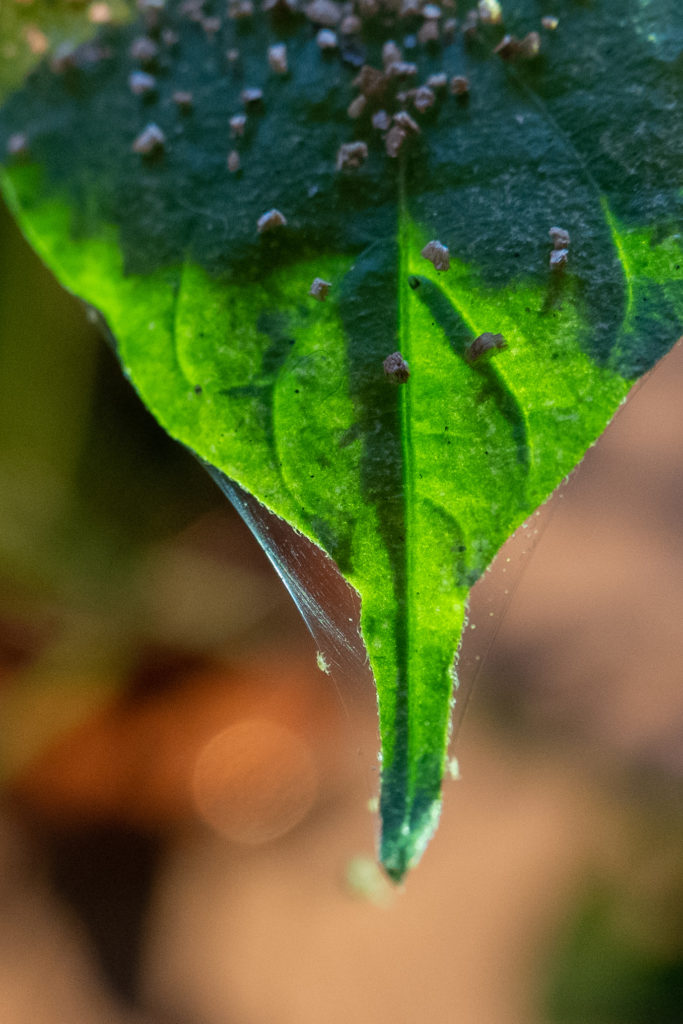1 May 2021
Customer Question – Controlling Spider Mites
Q. Here are some pictures of a spider mite infestation. What is the best way to deal with them? I have already introduced some Phyto, but cannot see a lot of evidence of them working?
A. Thanks for the message and the pictures. Once you start to see webbing like this on the plants, then it means the infestation of spider mites is quite heavy, so it will take a while for the Phytoseiulus to catch up i.e. the beneficial phyto have to eat the spider mites faster than they are breeding. Normally we would recommend spraying with SB Invigorator natural spray 1st to cut down on the number of spider mites before introducing the predator. This way, the pest numbers are reduced and then the predators are introduced to finish the job and provide ongoing protection. We have 2 predators for controlling spider mites available :-
Amblyseius Andersonii is a LOW temperature predator of Spider Mite, which is much more tolerant of extreme temperatures. Use it when the temperatures are low i.e. early / late in the season when temp is above 10°C or use it in mid-summer when the temperature is above 30°C. Amblyseius Andersonii is supplied in sachets WITH food, so it is also ideal for use early in the season / late in the season when the numbers of RSM are low and food is scarce. Hang approx 1 sachet per plant i.e. 20 sachets is enough to treat the average greenhouse (10 x 6). Amblyseius Andersonii is a living, perishable product, so please order when the temperature is suitable (10c) and you are ready to position the sachets on the plants.
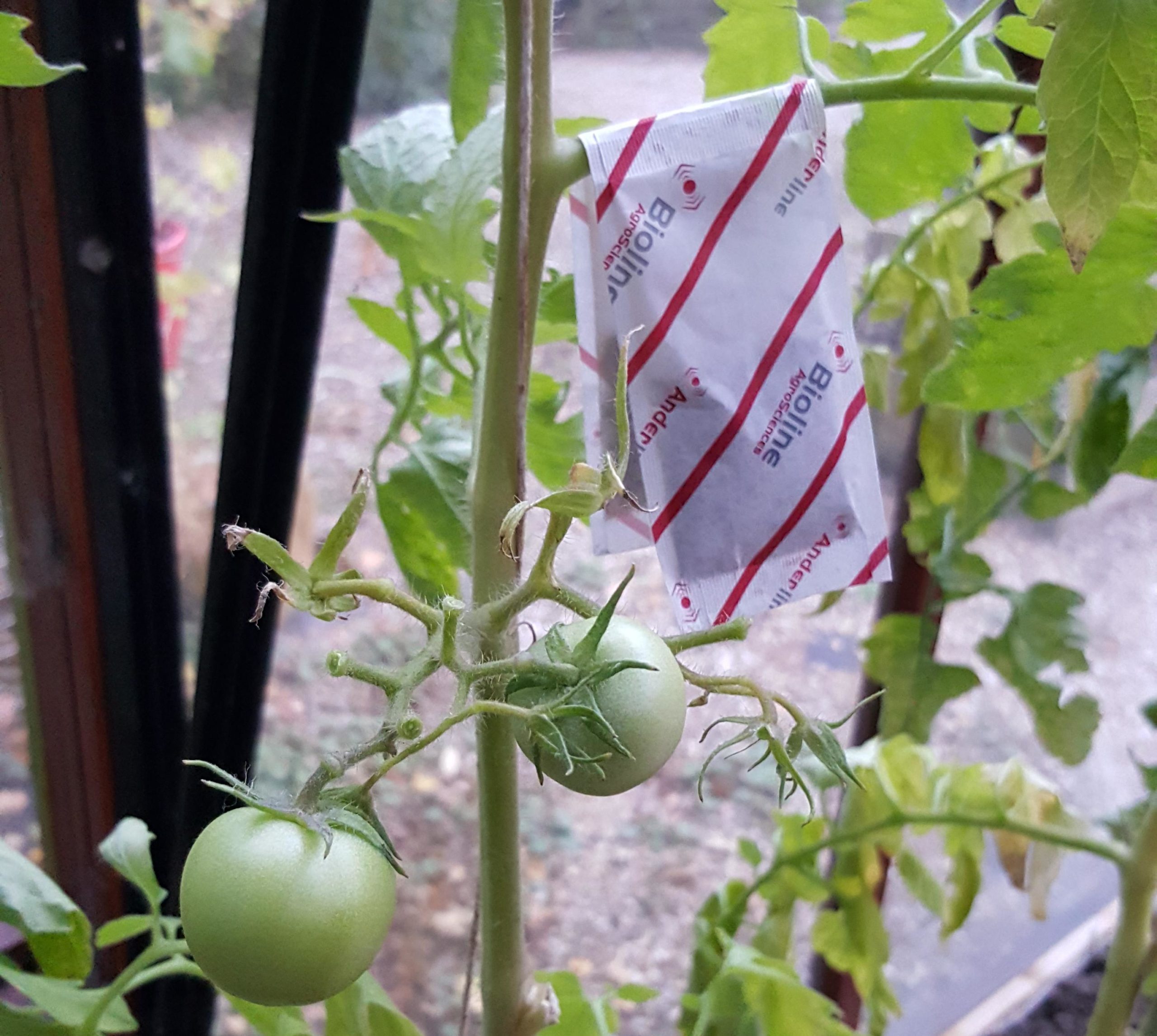
Control Red Spider Mite by introducing Phytoseiulus AS SOON as you see RSM and the temp is 16°C/61°F. Phytoseiulus is a tiny, harmless mite with a BIG appetite for Red Spider Mite, which is used commercially. Ideal for use in conservatories / greenhouses / grow rooms / hydroponic systems. Phytoseiulus has been used commercially since the 1960’s to effectively control RSM and now you can use it to control RSM on your plants. Phytoseiulus is a tiny mite, slightly smaller than a RSM and it feeds on all stages of the RSM eating up to 5 adults or 25 young larvae/eggs per day. Phytoseiulus is supplied in small tubes containing 1000 or 2000 adults. The contents of the tube (inc. the vermiculite they are packed in) is simply sprinkled over the infected plants.
